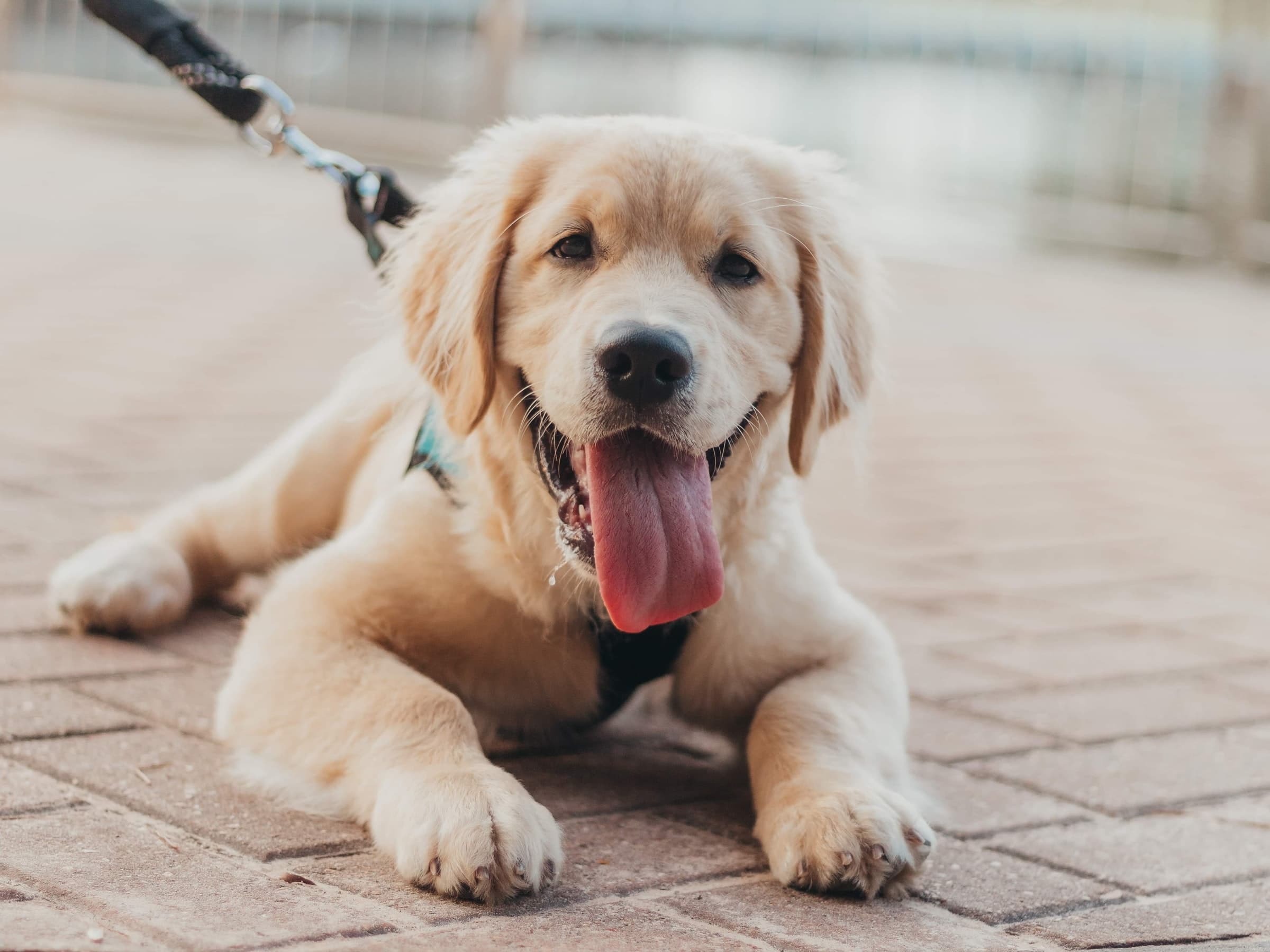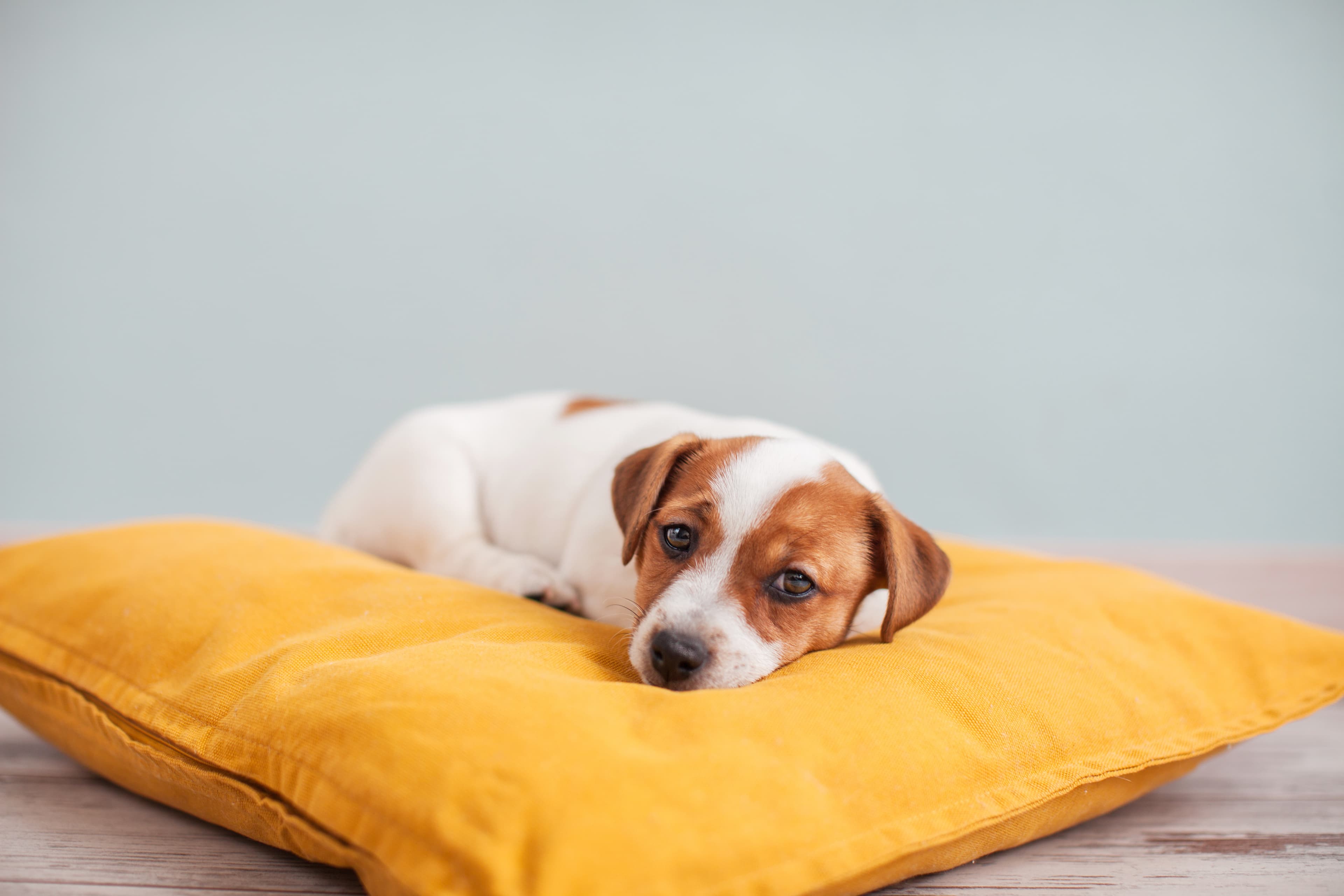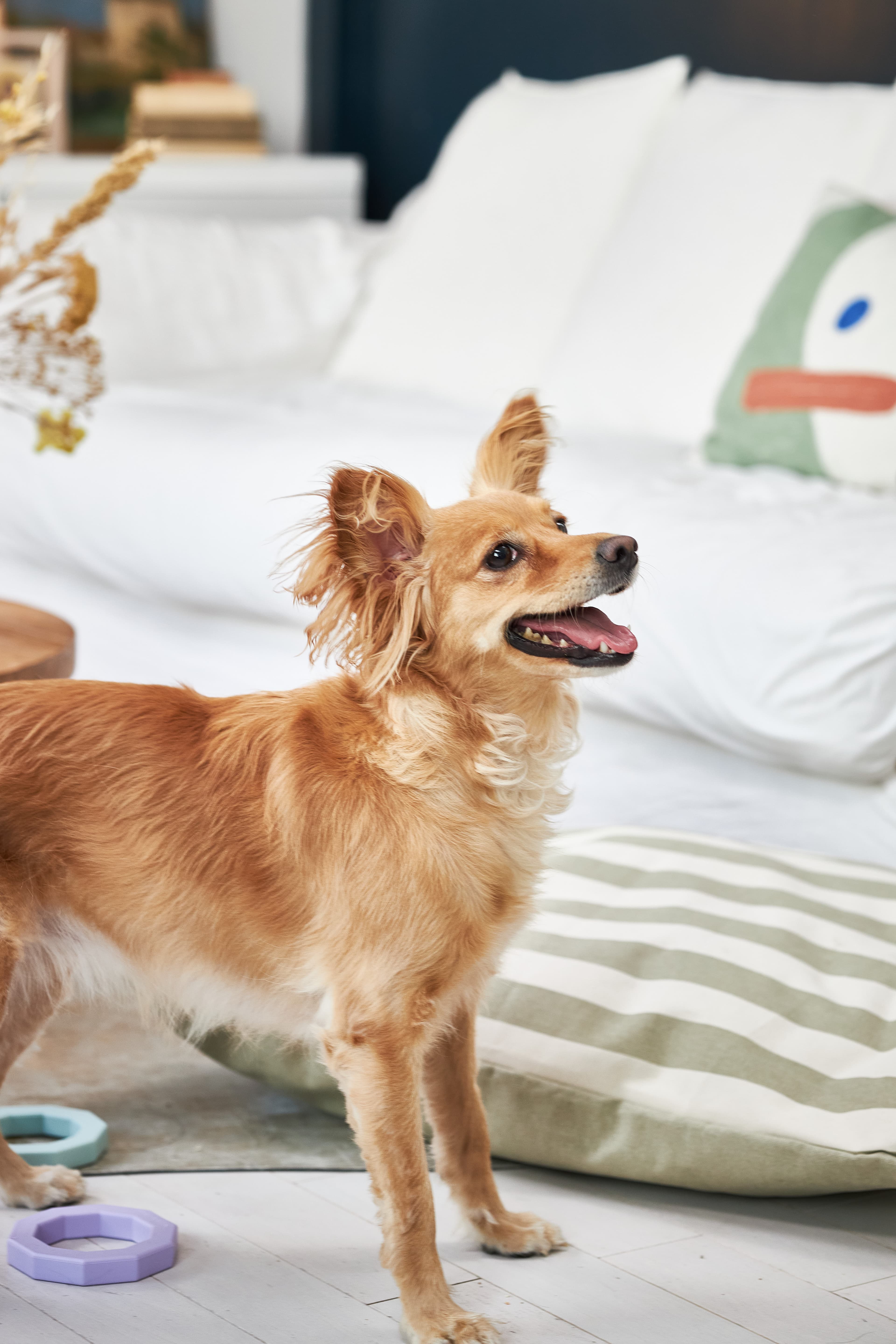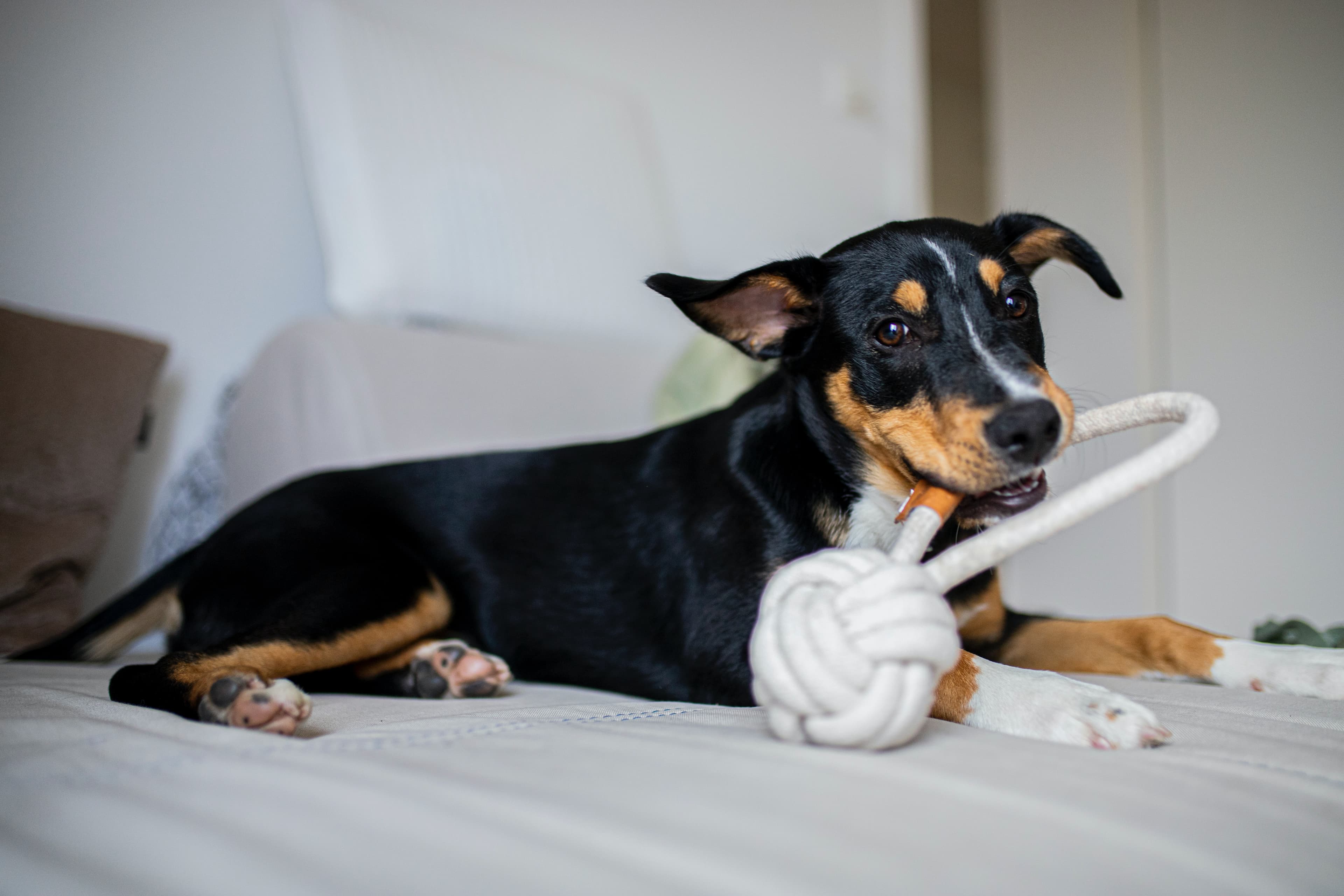Practise greeting your puppy nicely
Little paws bounce up to your thighs and the little nose reaches up to share kisses - who can resist a puppy that embraces the whole world? Puppyhood is vanishingly short, and within months you'll have an unruly teenager trying towrestling with strangers, jumping and tearing clothes, biting noses and nipping at trouser legs. This nutcase thinks people screaming in terror is the funniest thing ever!
Greeting strangers calmly and nicely is a basic skill for any dog. As well as being polite, a modest greeting is also a matter of safety - especially when larger breeds are involved. The basic rules of greeting are taught to dogs at puppyhood. It's not difficult to teach it to your dog, but it requires consistency and the ability to instruct even attacking puppies.
Dogs jump at people - why?
If you have a dog and you are tired of the jumping dog, you may have forgotten the basis of the training: the behaviour continues if the dog is acknowledged, i.e. rewarded. We humans think of reward as a treat or a game, but from a pet's point of view it's rarely that simple. For the majority of dogs, human attention is the best thing in the world and acts as a reward for unwanted behaviour. The quality of the attention doesn't matter to most eager pups: the frightened twirling, hand waving or shouting of forbidden words are also a kind of attention, which strongly sustains the behaviour. So what to do?
Tame the sock puppy killer
The puppy doesn't know and doesn't understand that you can't jump up on people. In addition to all the other behavioural codes for a proper dog, this one needs to be taught as well. It takes a while to learn. Jumping, in most dogs' cases, is the result of an eager and aroused emotional state. Since the greeting situation is aimed at calmness, changing the emotional state is of utmost importance, but it also requires a long-term approach.
How do you tame a sock puppet killer?
- You take away the possibility of reward from the dog, i.e. it doesn't get what it wants with its jumping - human attention.
- Instruct your guest to turn their back on the jumping puppy and behave completely unconcerned.
- Teach the dog a replacement behaviour. Teach your puppy what it should be doing instead of jumping. For example, a good behavioural model in the greeting situation is to sit.
Replacement behaviour
All animals have difficulty understanding the concept of "doing nothing". One of the foundations of successful training is to decide in advance how the pet should behave instead of jumping. Simply saying "you must not jump" still means nothing, but for example, the behaviour "sit when a stranger approaches" is already easier for the dog to understand and learn. The replacement behaviour should first be taught to the puppy in a very calm environment. Disturbances and the level of demands are increased a little at a time. Read more about disturbance training in week 14.
Only when the puppy can sit reliably in different situations should you start teaching the behaviour in encounters with others. For this exercise, it is a good idea to ask for help from a helper. A person with whom the puppy is familiar is a good help.
Training calm behaviour
- At first, the helper will not come near at all, but will stand well out of reach (several metres).
- If the puppy runs off on the lead, wait until it has calmed down. Then command it to sit down and don't skimp on the treats.
- When the puppy is sitting down calmly and smelling all the treats, ask the helper to continue walking past you (at a good distance) and then give the puppy more treats.
- When the helper has passed, stop feeding the treats and immediately continue walking in the opposite direction.
Repeat the exercise 5-6 times. If the puppy stays calm and eats the treats, the helper can close the distance as he stops nearby and walks past. However, do not make the exercise too difficult; the most important thing is that the puppy remains unperturbed and stays still. When things are flowing and the puppy is not struggling and pulling, the next step is to exchange a few words at close range with the person you are meeting.
- Command the dog to sit and give plenty of treats.
- Now the helper walks close to you, greets you and pauses for a few seconds in your presence.
- When the helper is close to you, you should give your already sitting dog treats.
- Slowly count to four while the dog eats, then the helper can move on and you can stop giving treats.
- If the puppy stops eating and pulls towards the helper when he gets close, you should ask the helper to stay further away again.
- Then you should again command the puppy to sit and you start again from the beginning. If the puppy tries to move towards the person you are meeting, simplify the exercise slightly and ask the helper to stop a little further away - you may have gone a little too quickly with the exercise and the dog may require more simple repetitions.
When the puppy manages to stay calm with the familiar helper standing nearby, add another distraction to the exercise: the "stranger" should greet the dog. Initially, it is sufficient to do as in the previous exercise, but now the helper looks at the puppy and addresses a short greeting directly to it. It is important that the helper behaves neutrally and speaks in a neutral voice, so that the puppy does not get too excited and can stay calm. Rather than rushing through the training towards the final goal, the main aim of the exercise should be to keep the puppy calm and still. It usually takes a lot of repetition and several helper dogs with which to do quick reviews of the exercise before the dog really learns the task. Remember that whenever you are practicing with a new helper, you should start the training from as simple a starting point as possible.
Once the greeting works without major emotional outbursts outside, move the same exercise within the safe walls of your home. At first, it may be necessary to keep the puppy on a leash so that it doesn't suddenly rush forward at full speed to greet the helper.






